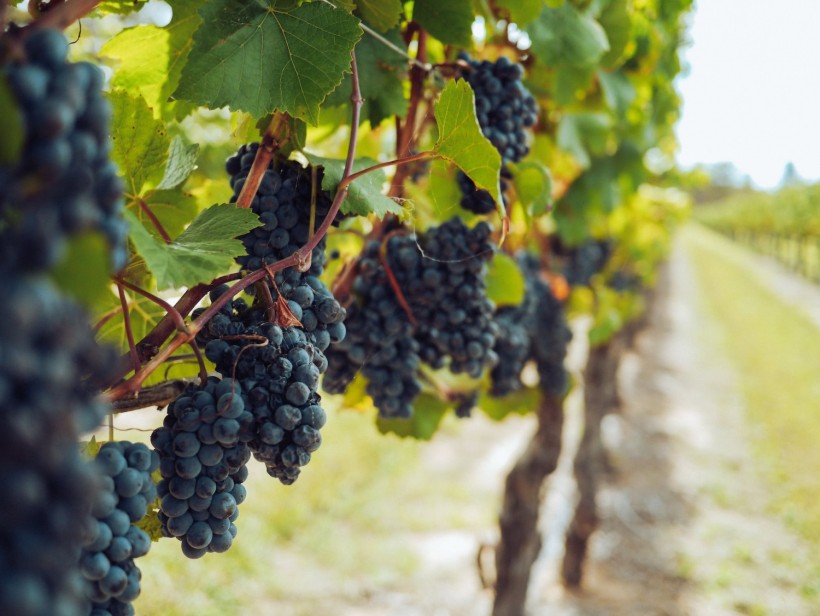Some plants are discovered to be capable of producing fruits even without the process of fertilization.
According to a Live Science report, this rare incident happen in the process called parthenocarpy. Professor Emerit Charles Gasser, who has been studying the molecular evolution of plant ovules, said the process began as a natural phenomenon.
The report cited navel orange as an for example, saying that this fruit had come after a random genetic mutation produced a single branch with a seedless fruit years ago. Research found out that people before had grafted cuttings of the branch into other trees.
Due to this, the navel oranges that can be found around the world are clones of the original one. However, these clones are not ideal for pollination; therefore, an orchard of identical plants produces most of the fruit through the process of parthenocarpy.
Read Also: Scientists Identified a Mechanism That Triggers Plants To Develop Fruits and Seeds
How does parthenocarpy works?
An entry posted at the Michigan State University Extension website explained how seedless plants are not common, noting that they do exist naturally or that they could be manipulated by plant breeders without using the genetic engineering techniques.
It noted that under parthenocarpy, the fruit could develop without fertilization of the ovule.
"In these plants, pollination may or may not be necessary to trigger hormone production to stimulate the ovary wall to swell and form fruit," the article stated.
There is also this stenospermocarpy, which experts described as a type of parthenocarpy in which fertilization occurs and the seed begins to develop but eventually aborts and leaves behind a noticeable "seed trace."
Moreover, the development of fruit can also stimulate, even in the absence of pollen, through external hormone applications. The said characteristic is usually present in varieties of cucumbers, persimmons, grapes, citrus, pineapples and others.
Studies found that this type of seedlessness usually produce a smaller fruit when compared to their other types that have seeds.
Horticultural crops
A recent study posted in the Oxford Academic disclosed that the interest on the parthenocarpic traits in horticultural crops has been on the rise due to their significance in the process of improving fruit quality and plant resistance as well as alleviating the preharvest drop.
Aside from the fact that consumers love seedless fruits, this type of fruits also has a greater flesh content because edible pulp or expended mesocarp often replaces the seed and the seed cavities. This fruit trait has been perfect when making jelly and other products.
Due to these characteristics, the process of parthenocarpy was believed to have overcome the risk of a low yield or harvest in terms of agriculture. Further, the parthenocarpic fruits often have a longer shelf life.
Gasser also mentioned in the study that due to the purpose of fruit of drawing animals to disperse seeds, the parthenocarpy process could even allow trees to produce more fruit at a lower energetic cost.
"One could imagine parthenocarpy arising because it continues to attract the vectors that move the seeds around, even if all of the fruits don't have seeds," Gasser said in the Live Science report.
Related Article: This GMO is 8,000 Years Old and Completely Natural
Related Video:
© 2024 NatureWorldNews.com All rights reserved. Do not reproduce without permission.

![Tsunami Hazard Zones: New US Map Shows Places at Risk of Flooding and Tsunamis Amid Rising Sea Levels [NOAA]](https://1471793142.rsc.cdn77.org/data/thumbs/full/70325/280/157/50/40/tsunami-hazard-zones-new-us-map-shows-places-at-risk-of-flooding-and-tsunamis-amid-rising-sea-levels-noaa.jpg)




